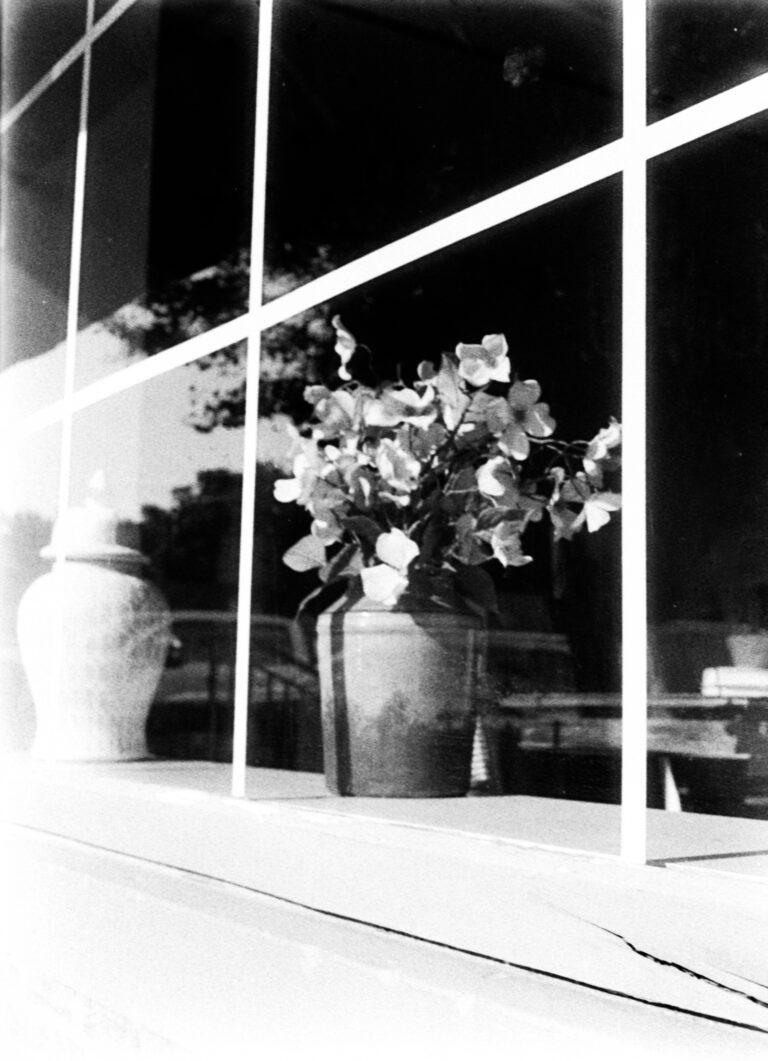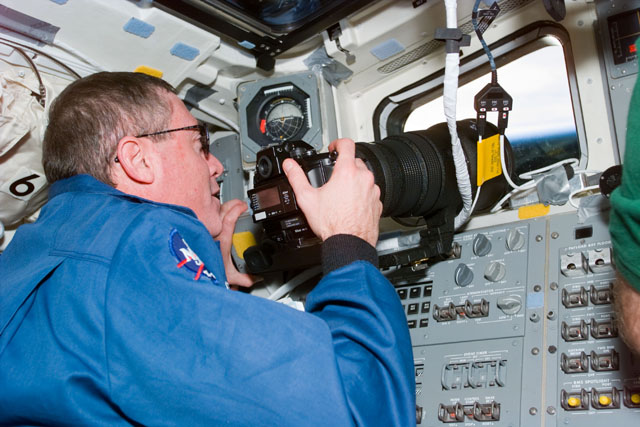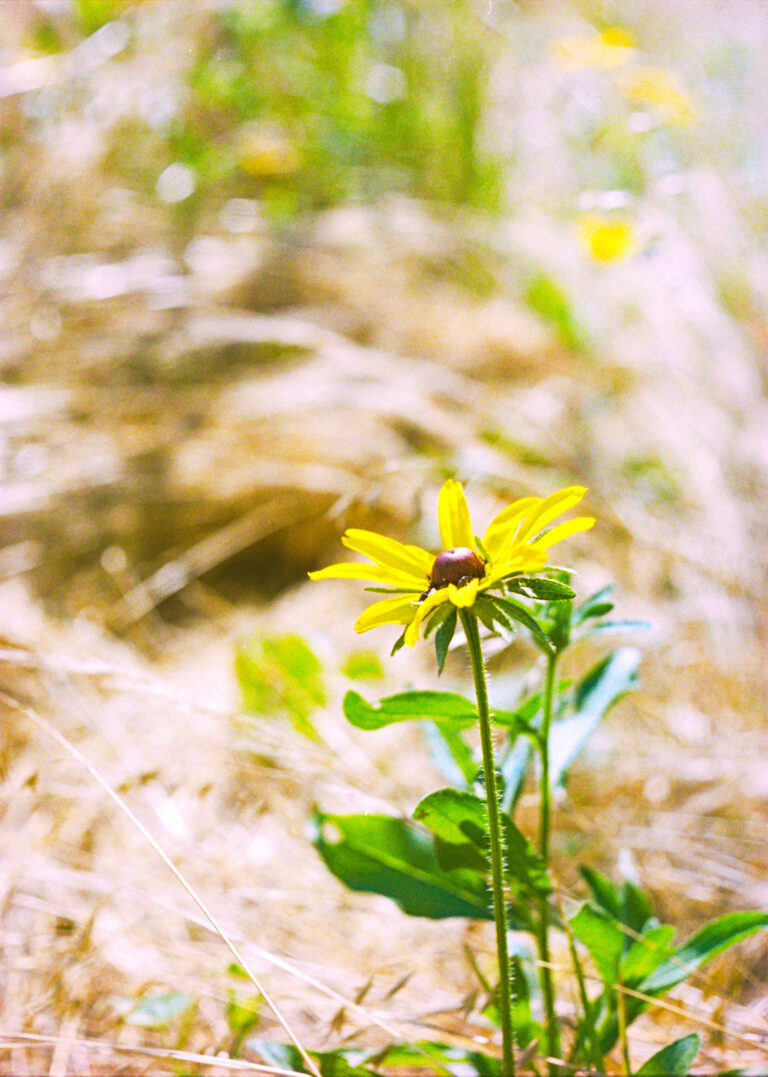It’s easy to forget in the digital age, but film was the only way to take a photo for an extremely long time. A lot of evolution happened between the early days of photography and the early 00s when film finally left the mainstream. In fact, the newest film cameras have more in common with a modern DSLR than their early ancestors.
The technology available on film cameras is a wide spectrum, but what type of camera is right for you? It comes down to your priorities and shooting style.
Degrees of manual cameras
Priority Modes
Some mostly mechanical cameras can still have automatic exposure. For example, my Olympus 35 RC seems primarily designed for shutter priority, but it’s still a manually focused rangefinder with manual shutter speed.
A good compromise between setting up a shot quickly, and maintaining some manual control.

Manual With Match Needle Meter
This is the sweet spot for me. In late 60s through to the 70s, match needle meters were common on SLRs. While the meter didn’t directly change settings for you, it was super easy to tell the ideal exposure based on a needle in the viewfinder. Match your camera settings to the needle and you know your shot is correctly exposed. It’s a simple and visual way to adjust things, but you still have 100% control.
Manual
We’re in deep now. To shoot a camera with fully manual settings (or perhaps just a dead light meter) you’d need to either consult an external meter, or perhaps use the Sunny 16 rule. It’s not as hard as you might think, but you’ll definitely miss a shot or two because you were busy setting up your camera. Measuring the light in the scene, transferring the proper settings to your camera, focusing, composing… it makes you appreciate how easy modern cameras are.
Manual
There’s manual cameras, and then there’s manual cameras.
With older cameras, you might have to deal with scale (AKA “guess”) focusing, manual aperture, manual shutter speed, manual shutter winding, and manual film advance with no double exposure prevention.
I’ve only dipped my toes in this era of cameras, but they really make mechanical 70s SLRs seem advanced. Ease of use can be a pretty wide range, even within the realm of fully mechanical cameras.

Degrees of Automatic Cameras
Program modes
A camera capable of setting the aperture and shutter speed for you is pretty advanced and I think it’s fair to put it in the automatic camp. Of course most prosumer level cameras will have manual modes available as well, so it’s not like this limits you in any way.
Autofocus
Manual focus was the last hurdle to a “black box” camera — just push the button and it takes a picture without you having to know or do anything more than that.

That’s not to say autofocus in some way diminishes the experience of photography. To the contrary – it makes shooting in challenging situations possible where it otherwise might not have been. It makes it easier to catch fleeting moments, and it frees the photographer to concentrate on composition.
So Which is Best?
If anyone should prefer to shoot a manual camera, it’s me. I love the complex and high effort process of shooting film. I’m a diehard fan of everything hands-on and DIY.
And I thought I was in the manual camera camp until I started shooting my Nikon F4. I mostly use autofocus lenses and aperture priority with it, and I enjoy the heck out of it. It’s so fast and easy to take a shot, all I really have to think about is composition. I know the camera will handle the fussy details.
But it’s not like I don’t enjoy manual cameras too. It kind of depends on what mood I’m in. Some of my favorite cameras are fully mechanical and/or don’t have light meters at all. I really enjoy not having to worry about electronics screwing up or batteries running out.
Ultimately, I don’t think there’s a ‘right’ answer to this question. If you tend to shoot a lot of still life or landscape photos, you’re probably not going to miss a lot of the automated features of a newer camera. If you’re shooting candid photos, wildlife, or sports, autofocus and autoexposure can definitely be a boon.
That’s not to say that you can’t shoot sports with a manual camera, or that an autofocus camera would be wasted on a landscape photographer. I think it comes down to personal preference.
Clearly, the answer is to just own lots of film cameras! It’s the only logical solution.






